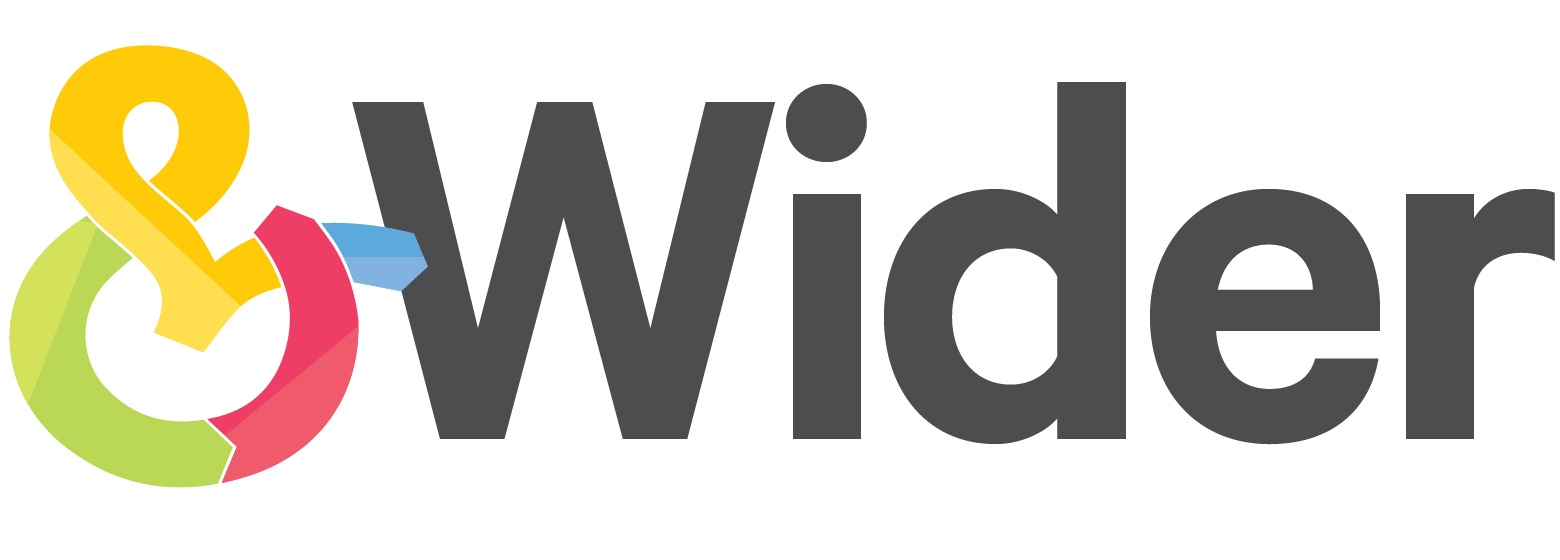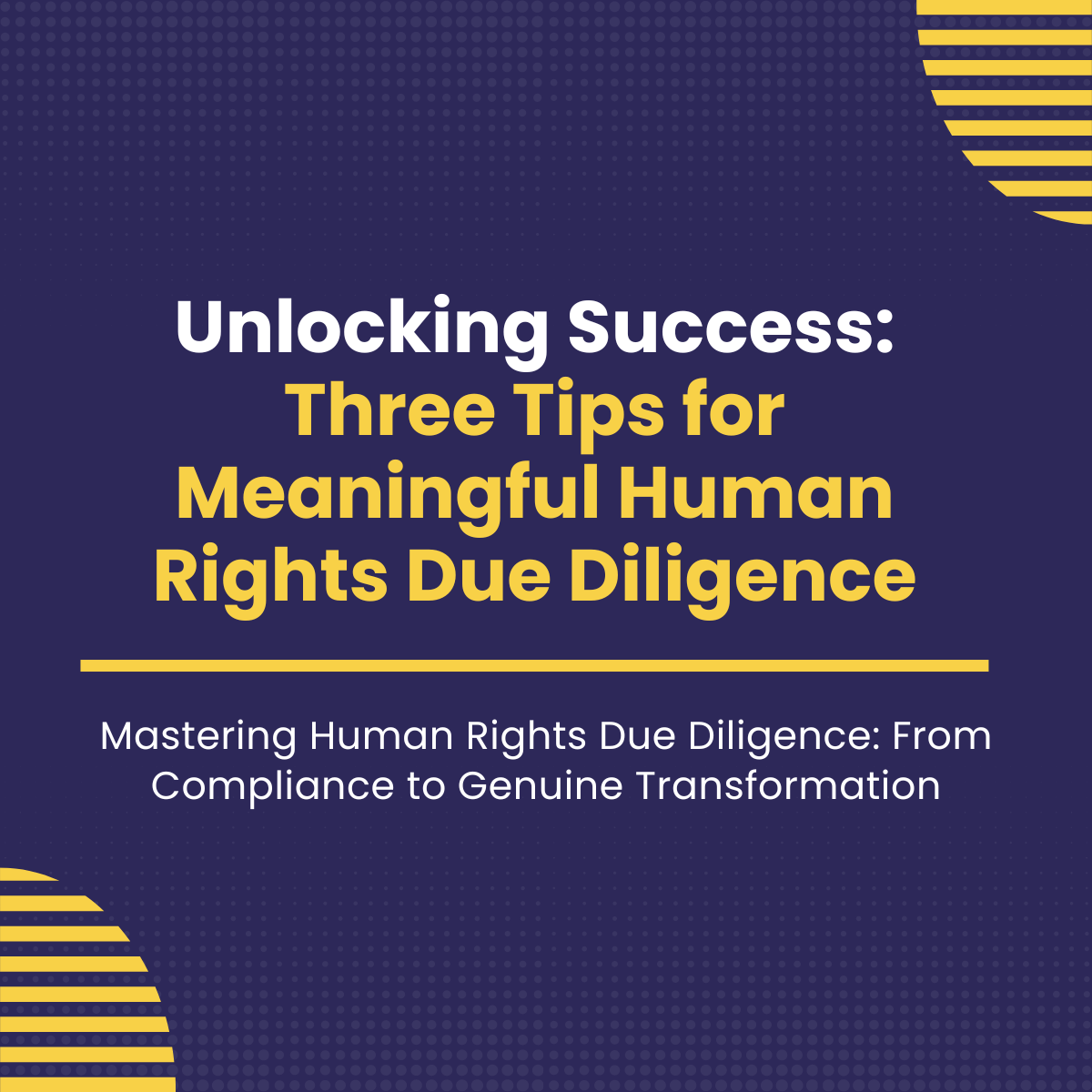At the 2025 OECD Forum on Due Diligence in the Garment and Footwear Sector, industry leaders, policymakers, and experts came together to discuss the evolving landscape of responsible business conduct. From strengthening human rights due diligence to addressing purchasing practices and supply chain visibility, the conversations underscored the urgent need for action and collaboration. This blog highlights key takeaways from the discussions that will shape the future of due diligence in the sector.
Read MoreIn our previous blog, we explored the critical choice businesses face between the compliance route and meaningful transformation in human rights due diligence (HRDD). Now, it's time to move from theory to practice. This second instalment provides three essential tips to help you embark on that transformative journey. Learn how to ensure compliance while fostering sustainable growth, enhancing stakeholder relationships, and transforming your supply chain into a resilient and positive force. Dive into actionable strategies that can elevate your HRDD efforts from a mere regulatory exercise to a value-generating initiative.
Read MoreAs &Wider grows, we’re focusing on social sustainability and new legal frameworks like the EU Corporate Sustainability Due Diligence Directive. We partner with those committed to improving workers' lives through collaboration and data-driven insights. Our clients tackle labour exploitation in supply chains proactively, using worker-sourced data to drive continuous improvement.
Read MoreI like to describe the human rights due diligence process as a funnel, where an individual brand begins with its entire supply base and uses reliable data and insight to assess which parts of its supply chain warrant deeper due diligence.
Read MoreWhat tools do you already use for worker engagement? What policies do you already have in place to encourage responsible sourcing, and what interventions have worked in the past? Building on those strengths offers you a new strategic direction and more willing stakeholders to make it happen.
Read MoreWe conduct Direct Worker Reporting for our clients. What then is the difference between Direct Worker Reporting and Worker Voice Technologies?
Read MoreMany brands are capturing data in their supply chains and are eager to talk about impact. But social impact is radically different from social compliance. What does that impact look like? And how can we build and measure it over time?
Read MoreNobody really knows the deeper implications for the world's most vulnerable workers. But isn’t it worth opening up channels for listening to them and doing so sooner rather than later?
Read MoreThe relationship between supplier and buyers is shifting. What is the difference between a policing and a partnership model? And how can this shift be accelerated in the responses to COVID-19?
Read MoreThank the gods (and the UN) that we didn’t apply the worker wellbeing argument to human rights.
Read MoreWe work in the field of “responsible sourcing”. How, to date, have we all tried to carry out this responsibility?
Read MoreThese key business partners are more than just gate keepers that allow access to factories abroad, they also play a critical role in interpreting expectations, communicating priorities, and understanding challenges that factories in their base are experiencing.
Read MoreWhat if you were sitting around a dinner table and a friend said: “None of us should buy anything made in China because there is modern slavery in China”. What would you say?
Read More












